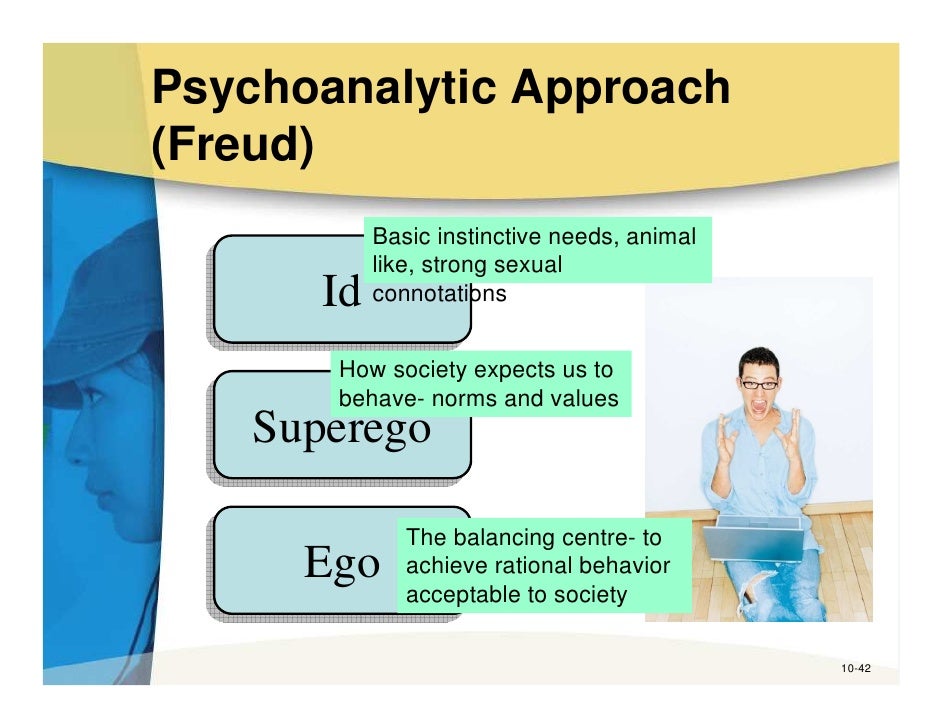
The concepts themselves arose at a late stage in the development of Freud's thought: the structural model was first discussed in his 1920 essay "Beyond the Pleasure Principle" and was formalised and elaborated upon three years later in his "The Ego and the Id." Freud's proposal was influenced by the ambiguity of the term "unconscious" and its many conflicting uses. According to this model, the uncoordinated instinctual trends are the "id" the organised realistic part of the psyche is the "ego," and the critical and moralising function the "super-ego." Even though the model is "structural" and makes reference to an "apparatus," the id, ego, and super-ego are functions of the mind rather than parts of the brain and do not necessarily correspond one-to-one with actual somatic structures of the kind dealt with by neuroscience. According to this model, the uncoordinated instinctual trends are the "id" the organised realistic part of the psyche is the "ego," and Id, ego, and super-ego are the three parts of the psychic apparatus defined in Sigmund Freud's structural model of the psyche they are the three theoretical constructs in terms of whose activity and interaction mental life is described.


You should not eat the cake and stay on your diet The Ego is what mediates the superego and the Id. For example, seeing a piece of cake and wanting all of it The Superego is the moral or good part of the person. The print will be packaged and sent to the address designated by the collector in the fastest and safest way.Id, ego, and super-ego are the three parts of the psychic apparatus defined in Sigmund Freud's structural model of the psyche they are the three theoretical constructs in terms of whose activity and interaction mental life is described. The ID wants what feels good without considering the consequences. Phisical Artwork size 44 inch x 32 inch (110cm x 80cm) The collector will have a physical artwork printed on Hahnemühle Copperplate paper, hand made using a silk print technique.

Each edition is associated with a physical copy. In the ego psychology model of the psyche, the id is the uncoordinated, pleasure-based set of instinctive desires - the basic and most primitive self, its main source being the most selfish satisfaction of needs such as sexuality and hunger the super-ego plays the critical and uplifting role and the ego is a realistic layer mediating between the instinctive desires of the id and the critical superego.Īrtwork is inspired by these 3 layers and has been minted into 10 editions. These three layers are theoretical structures that describe the activities and interactions of a person's mental life. It was first described by Sigmund Freud using structural psyche modeling.

In psychoanalysis, the id, ego, and super-ego are a set of three layers that interact in the human mind. These three layers are theoretical structures that describe the activities and interactions of a person's mental life. Freuds model of the psyche, the id is the primitive and instinctual part of the mind that contains sexual and aggressive drives and hidden memories, the super-ego operates as a moral conscience, and the ego is the realistic part that mediates between the desires of the id and the super-ego.Each part of the.


 0 kommentar(er)
0 kommentar(er)
